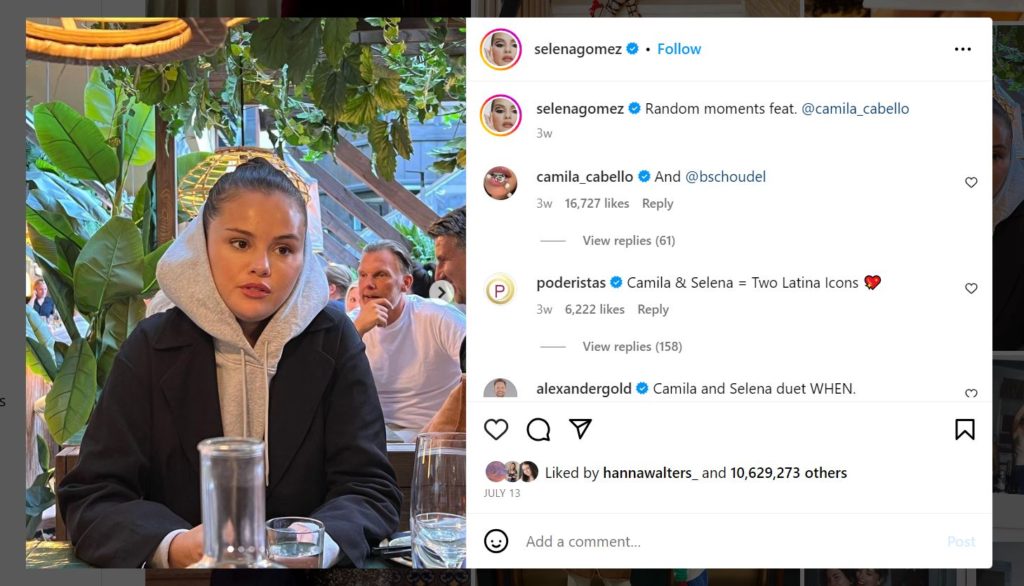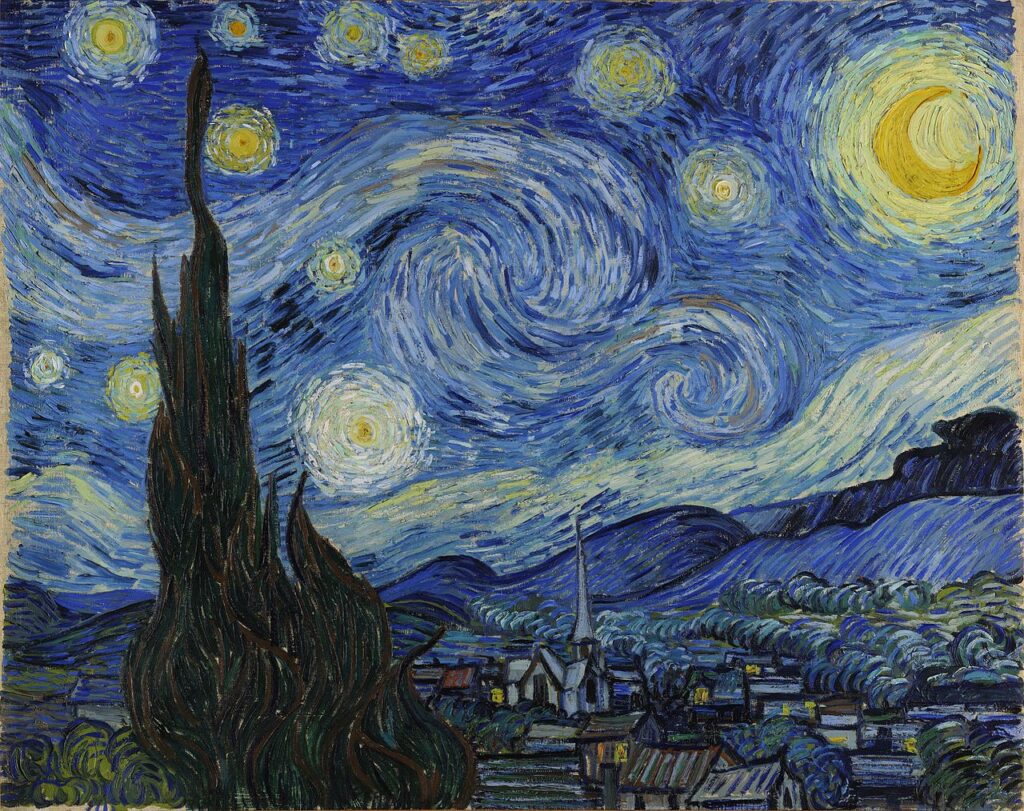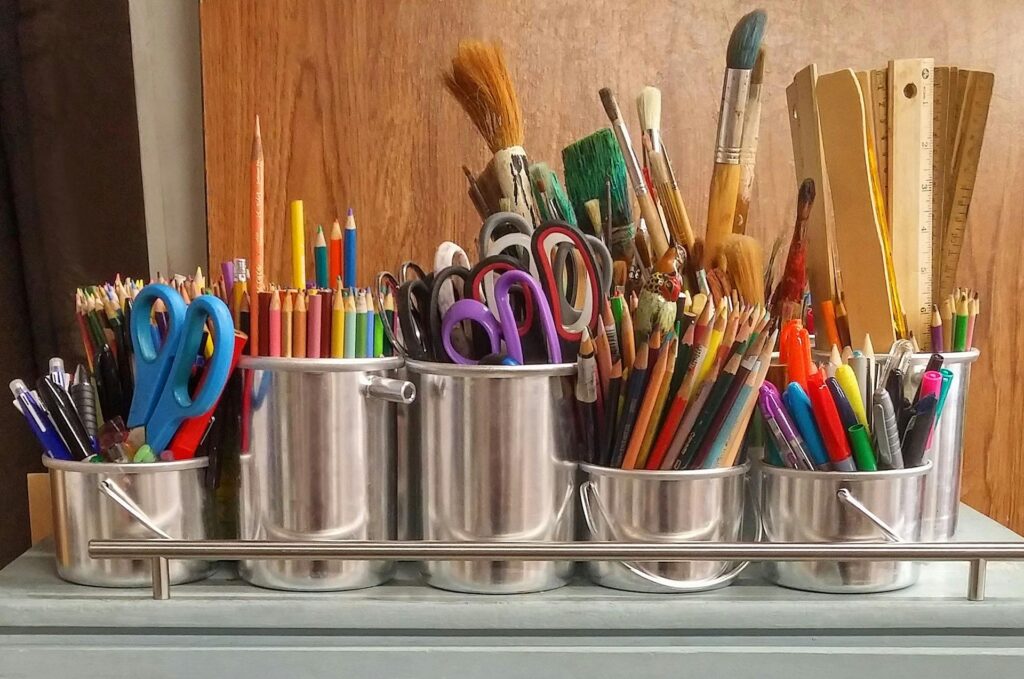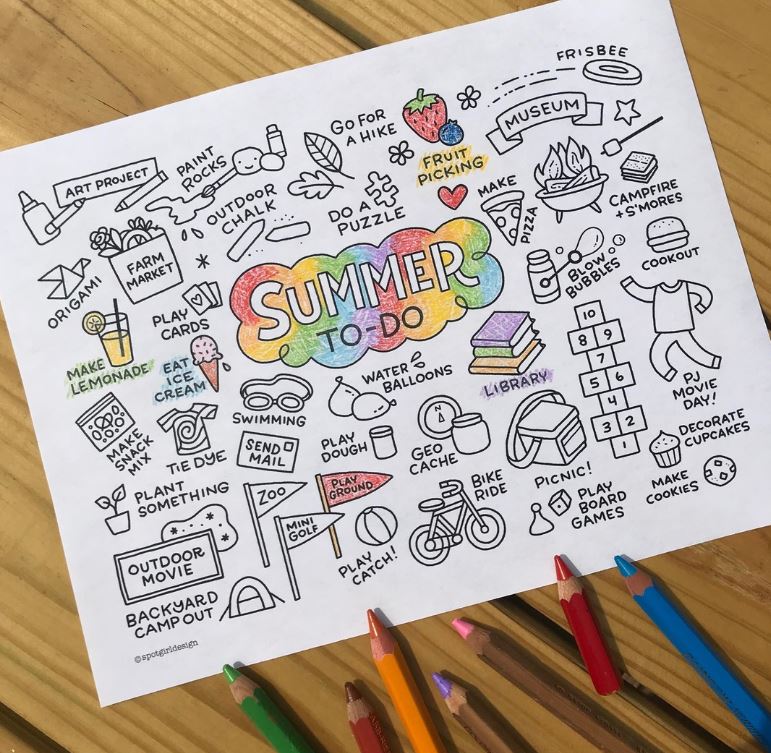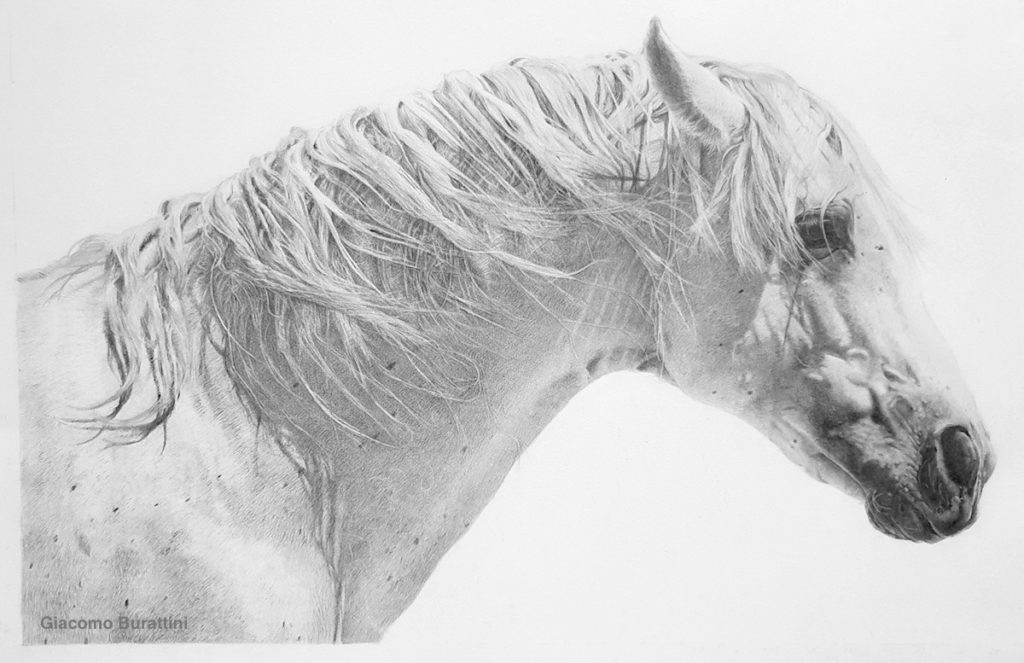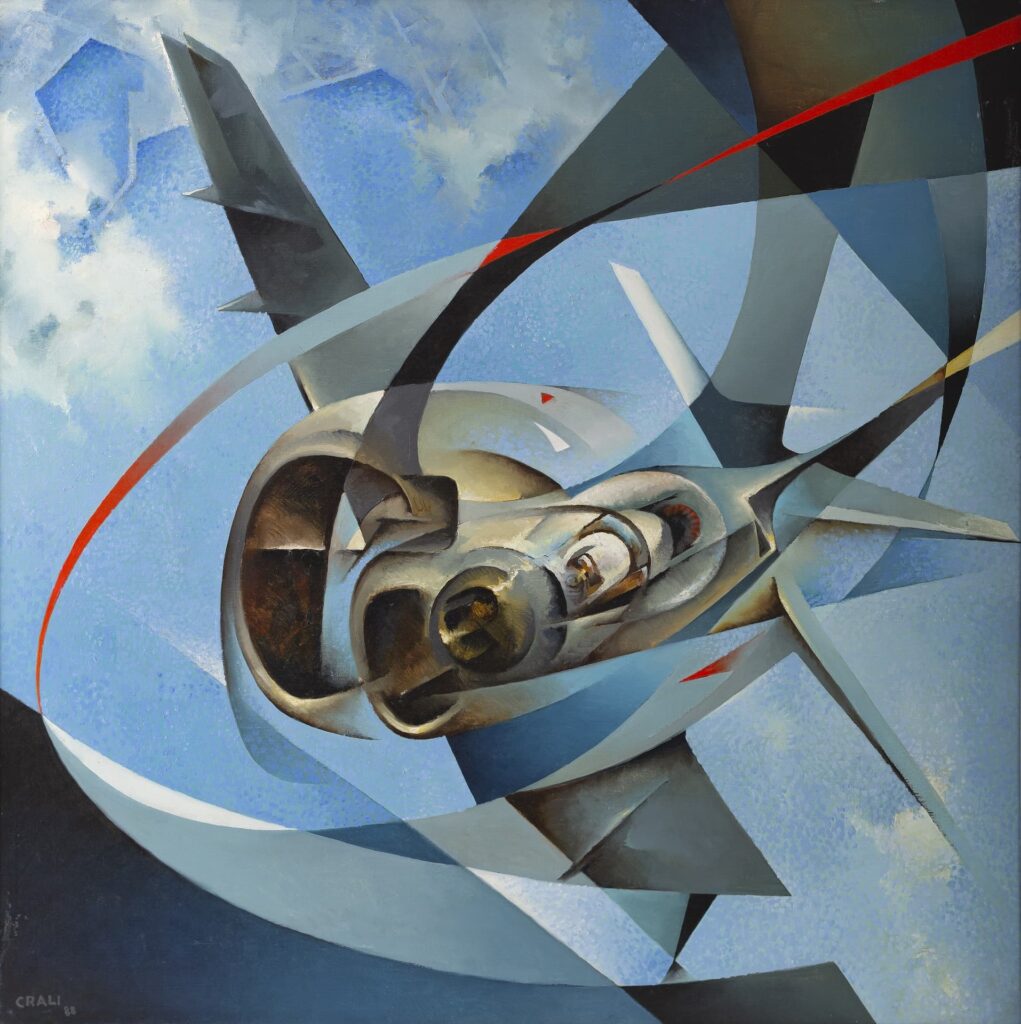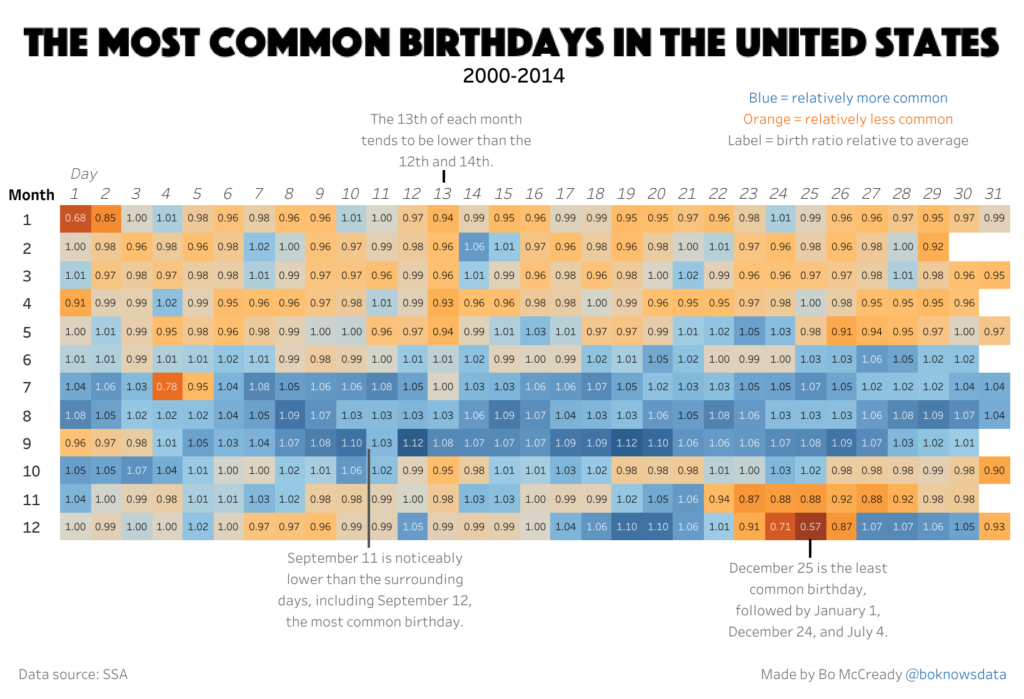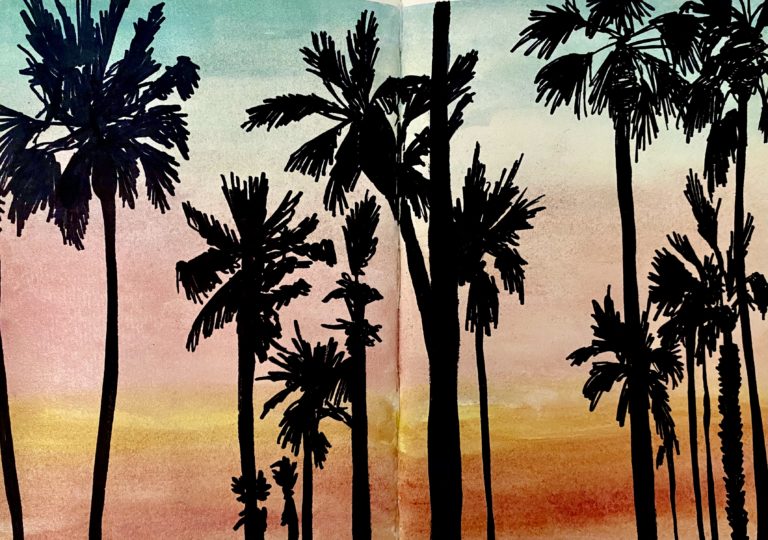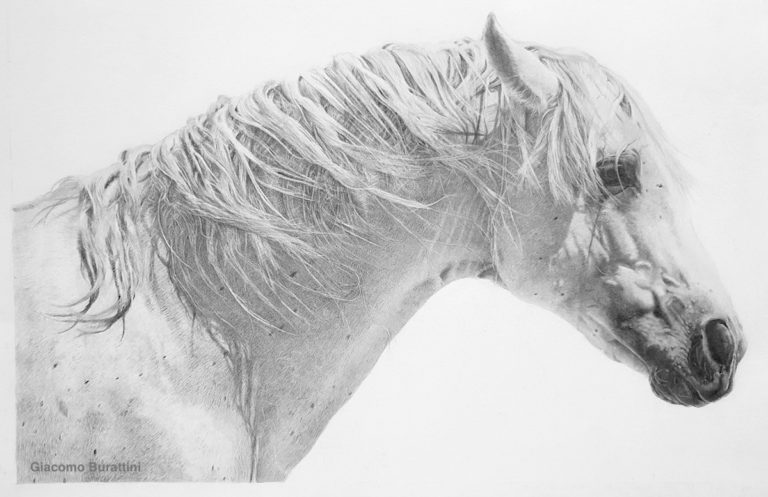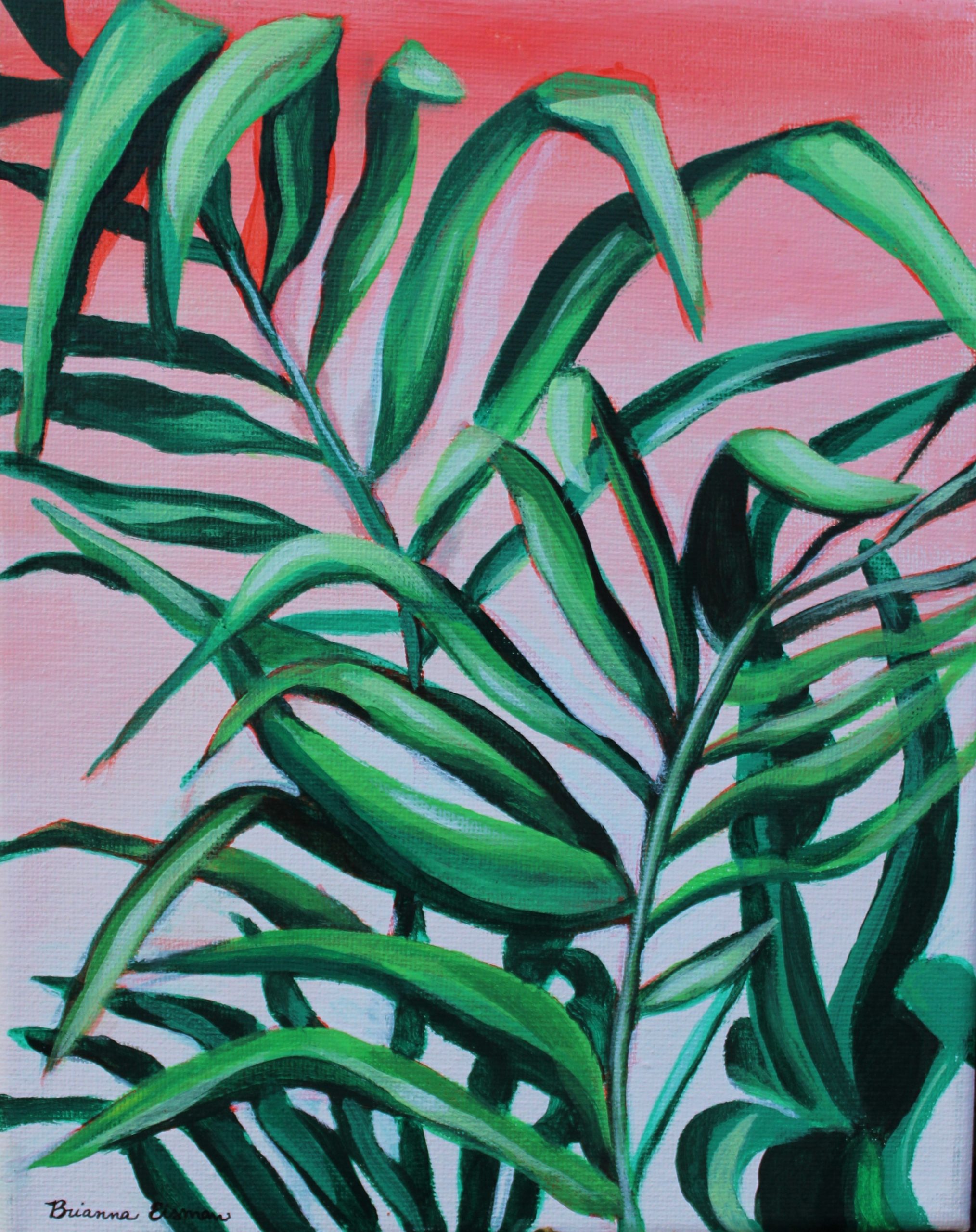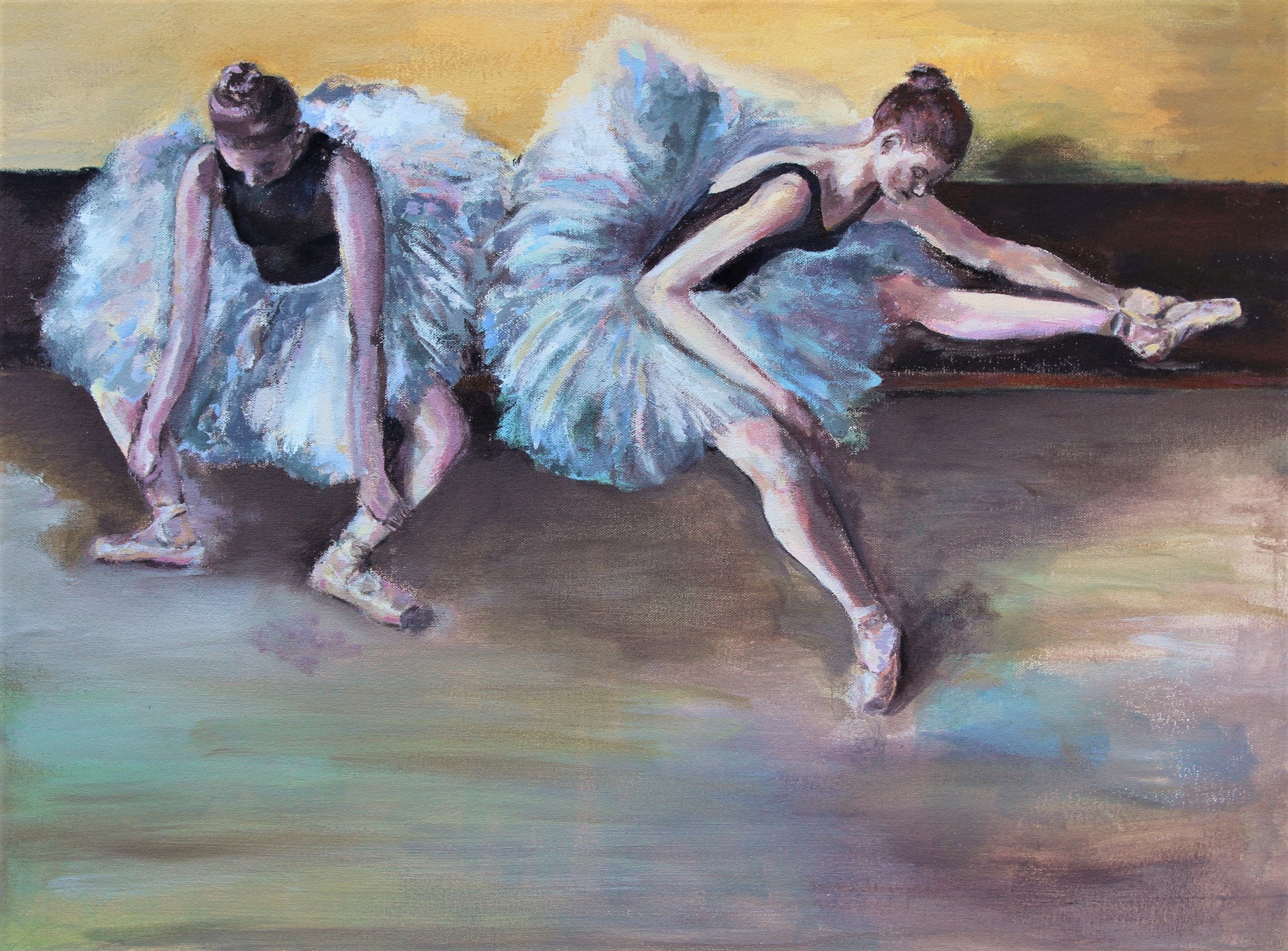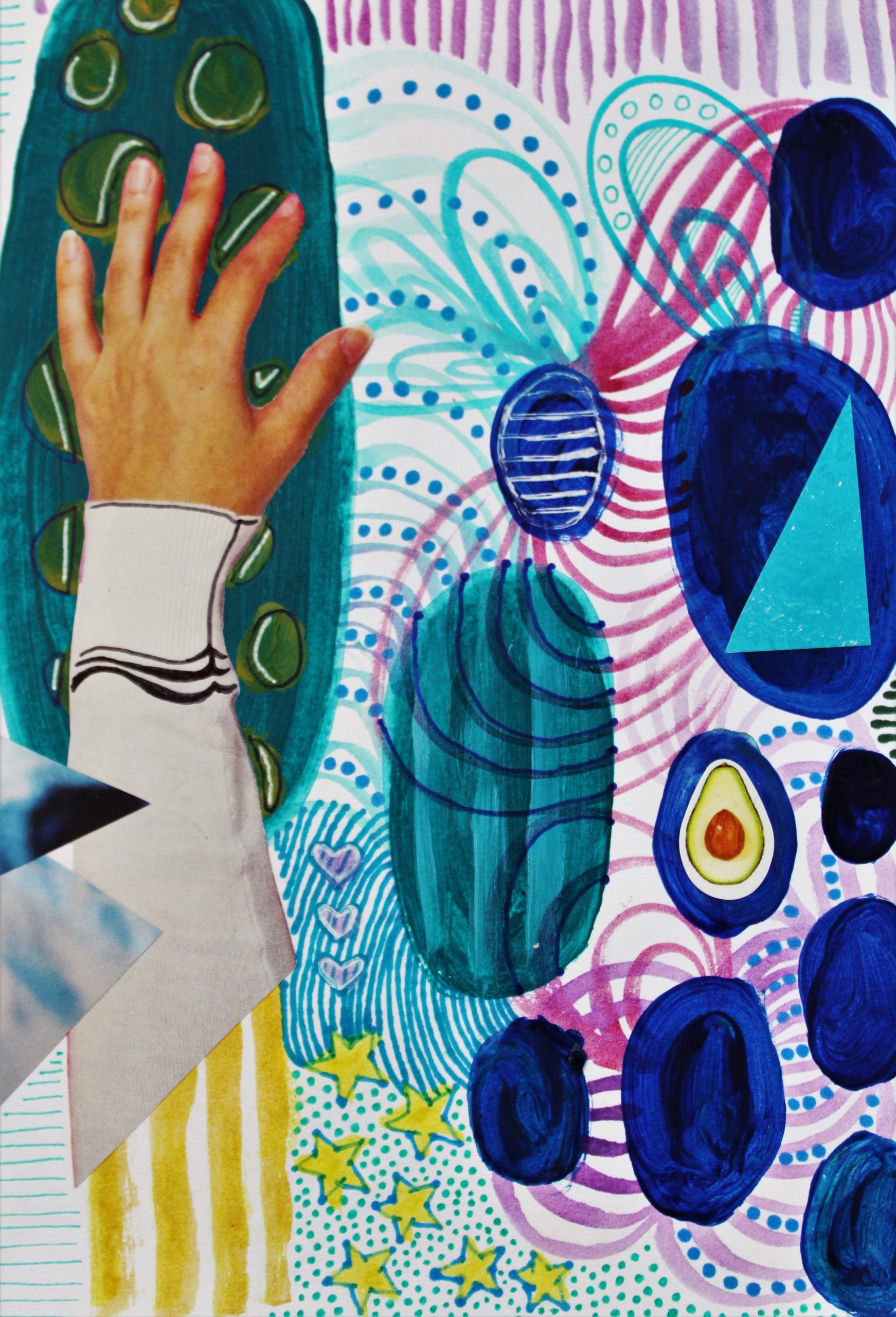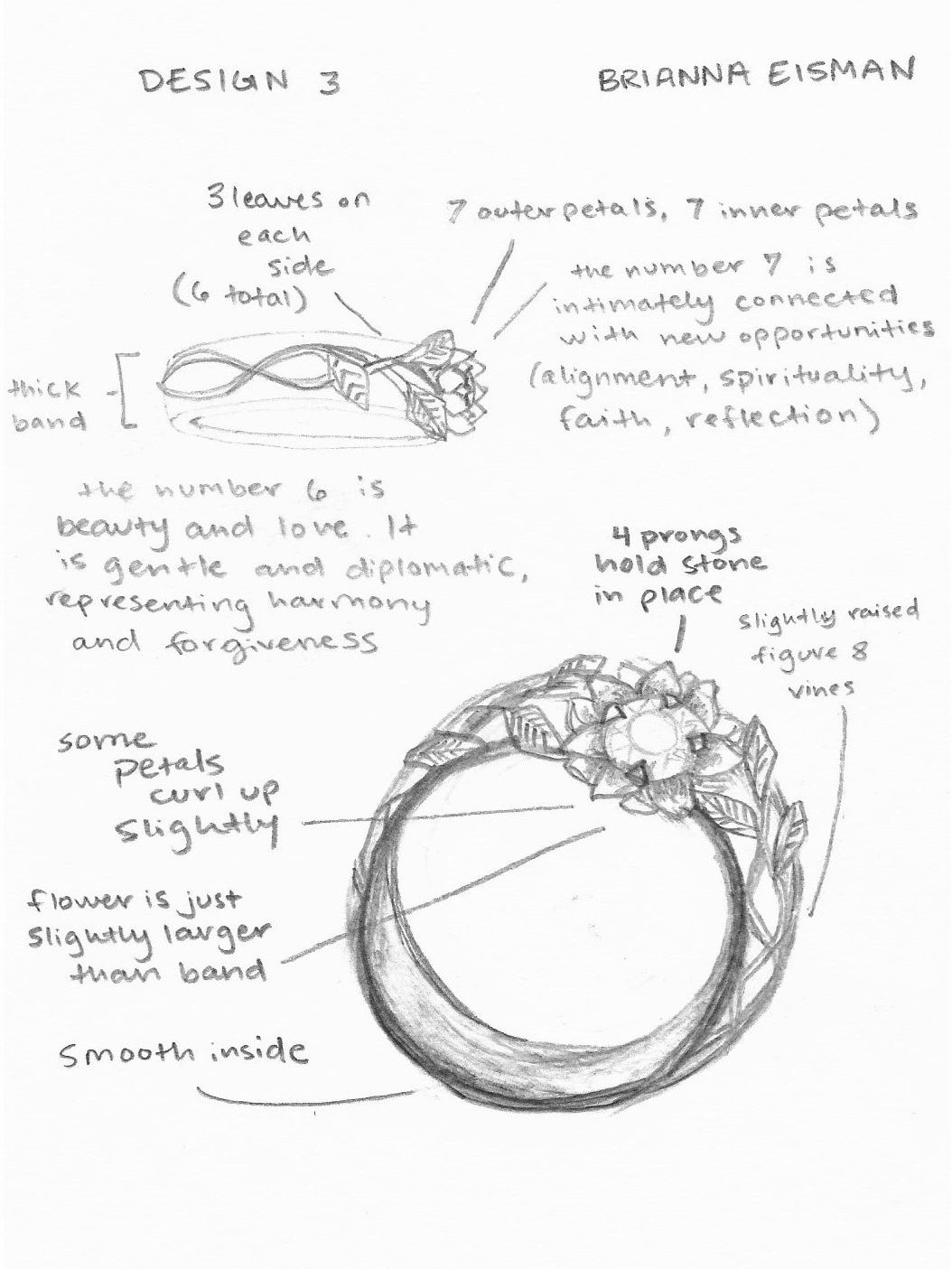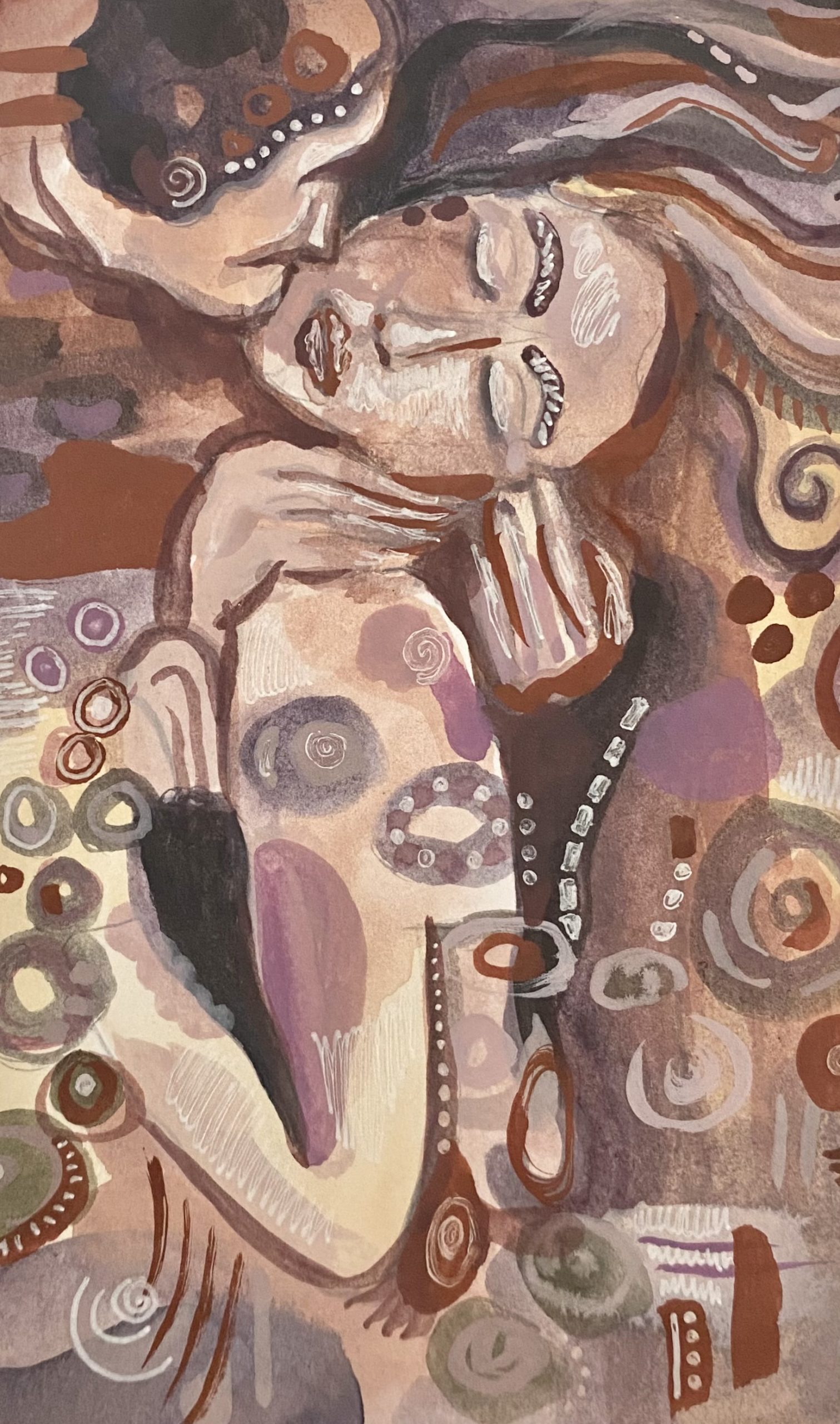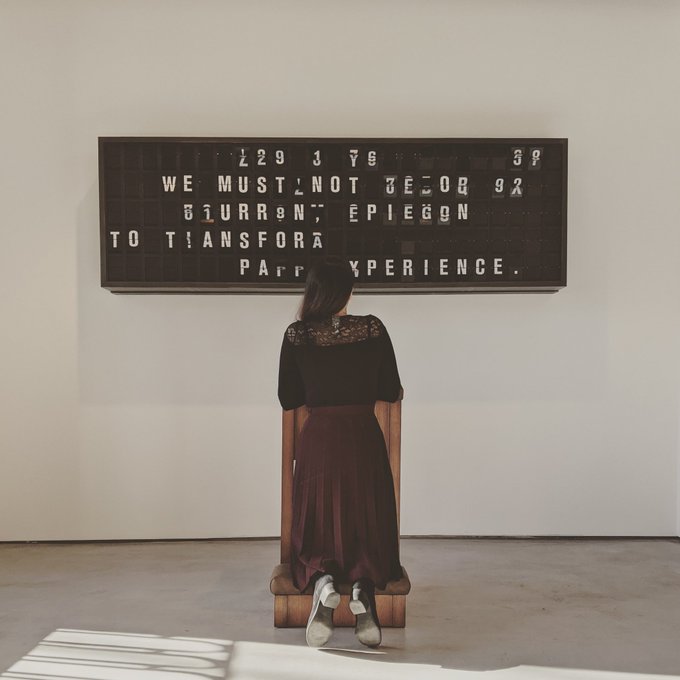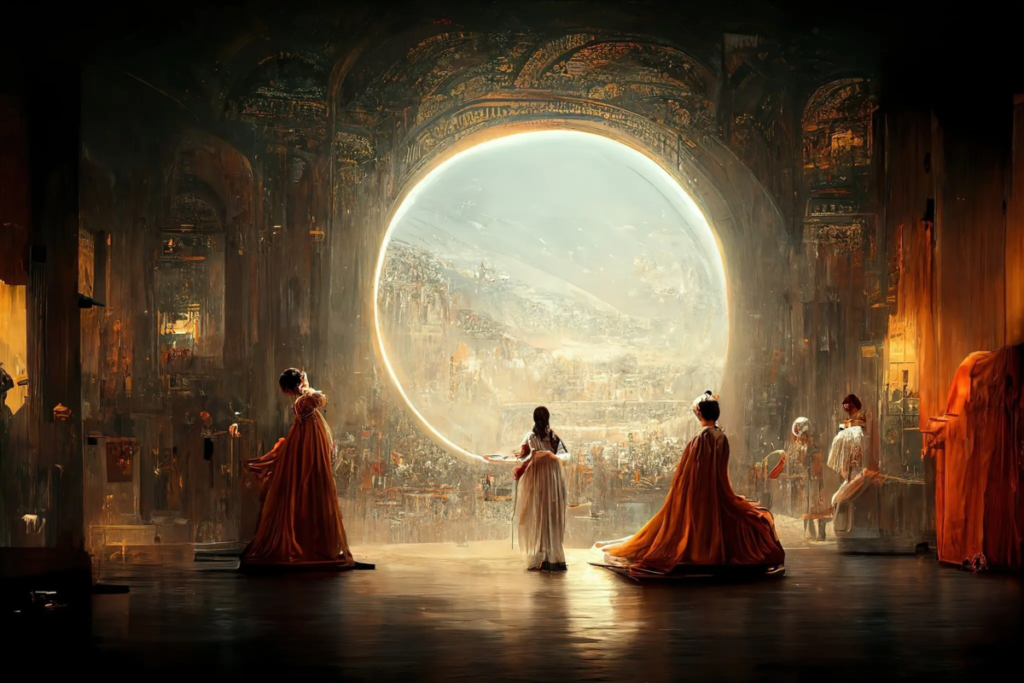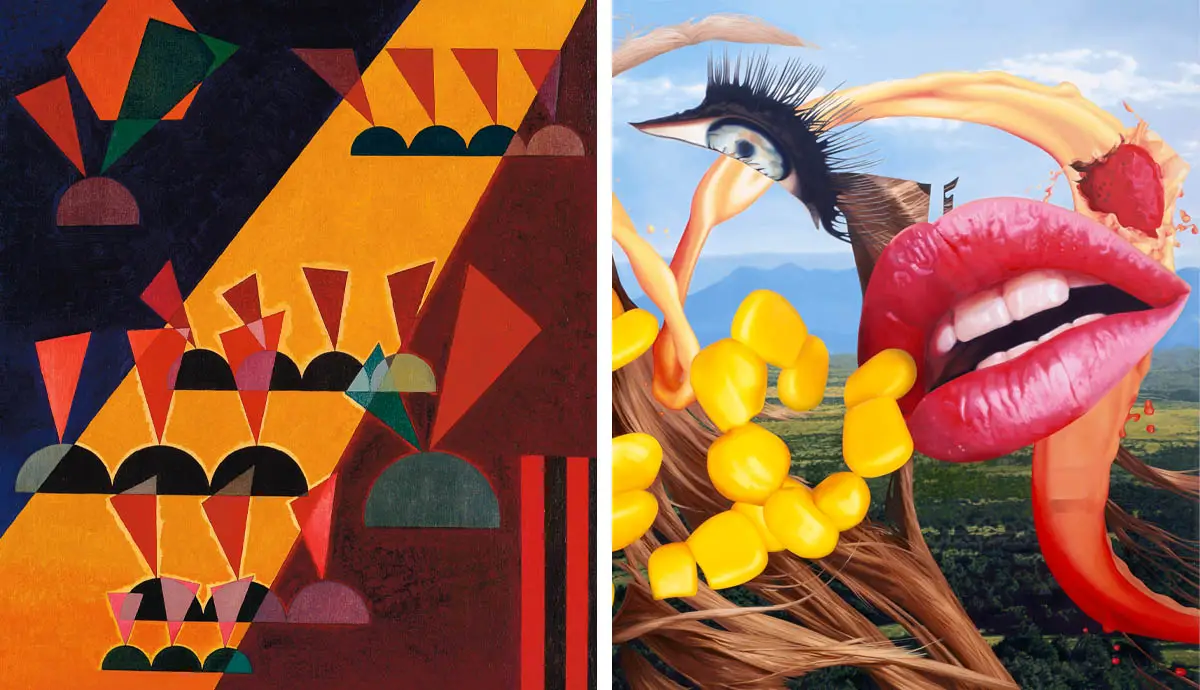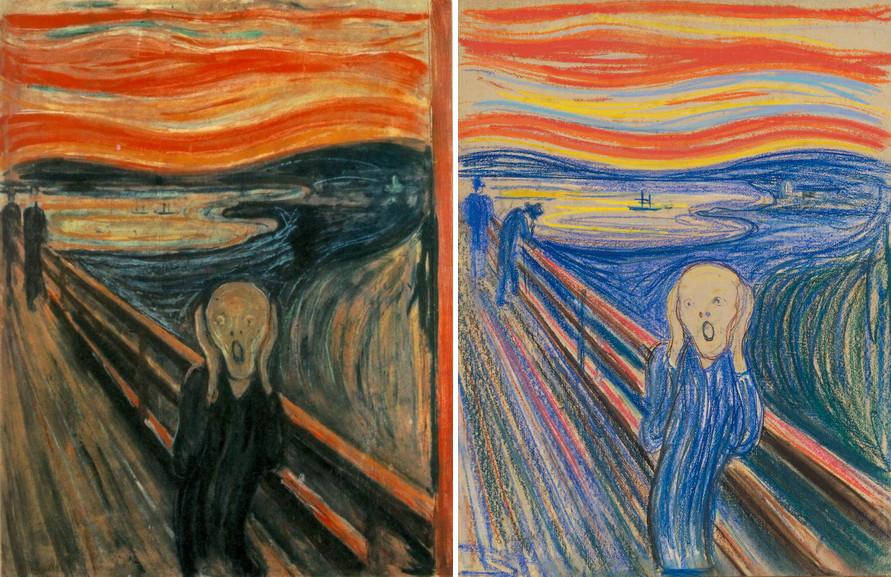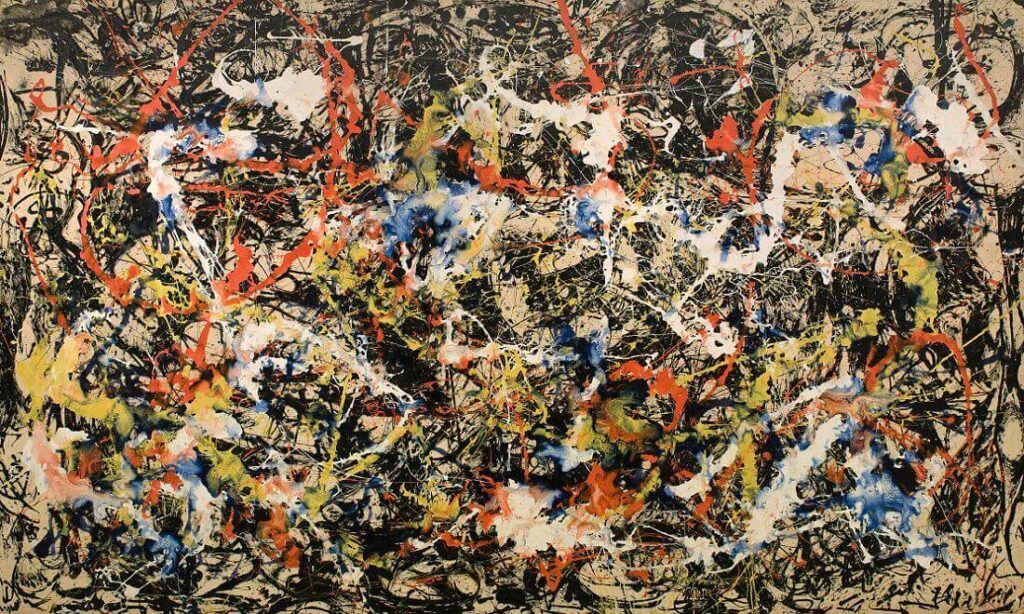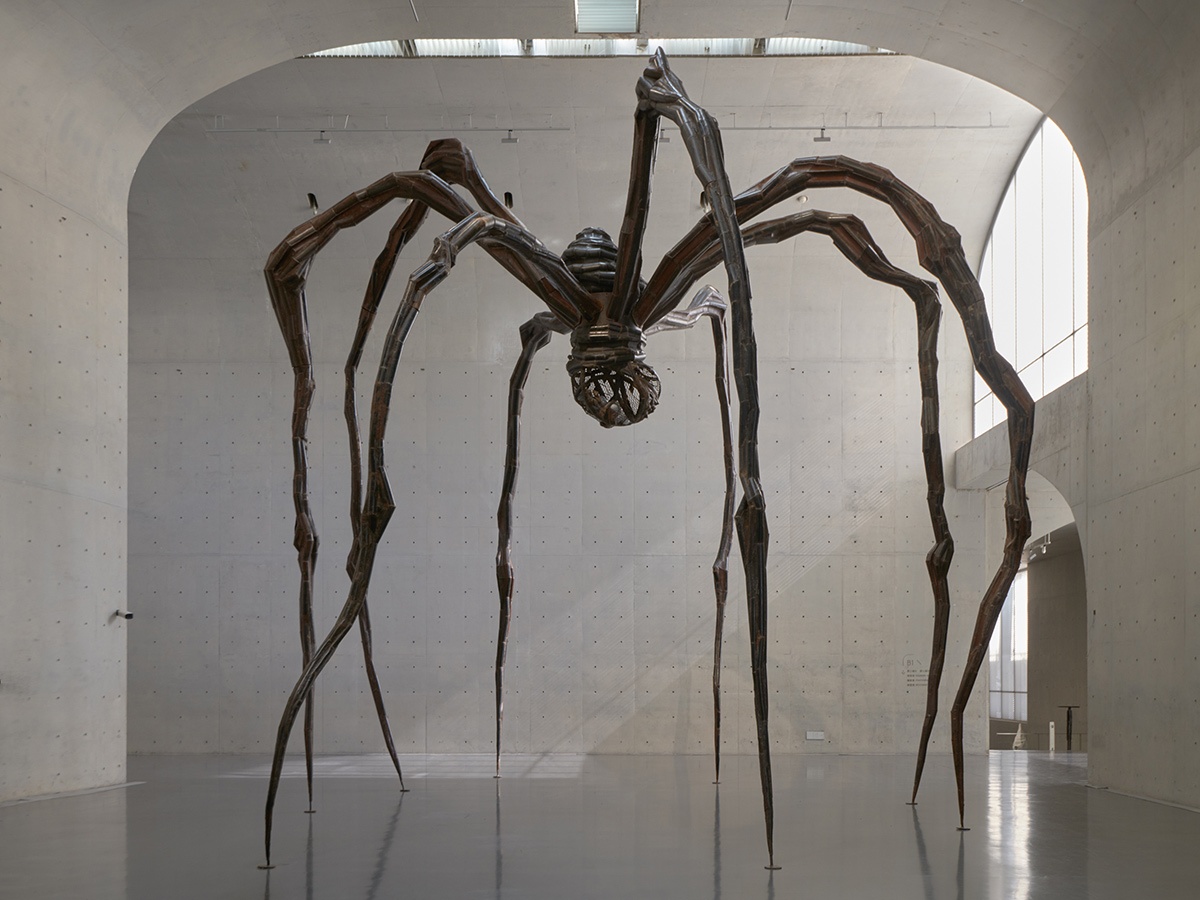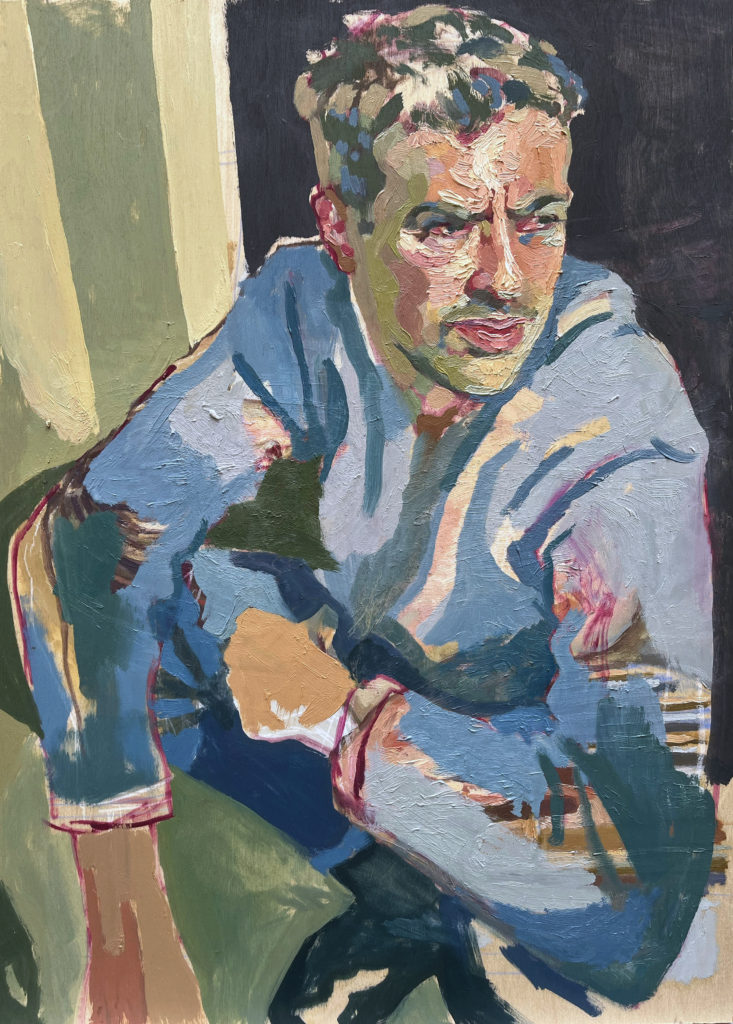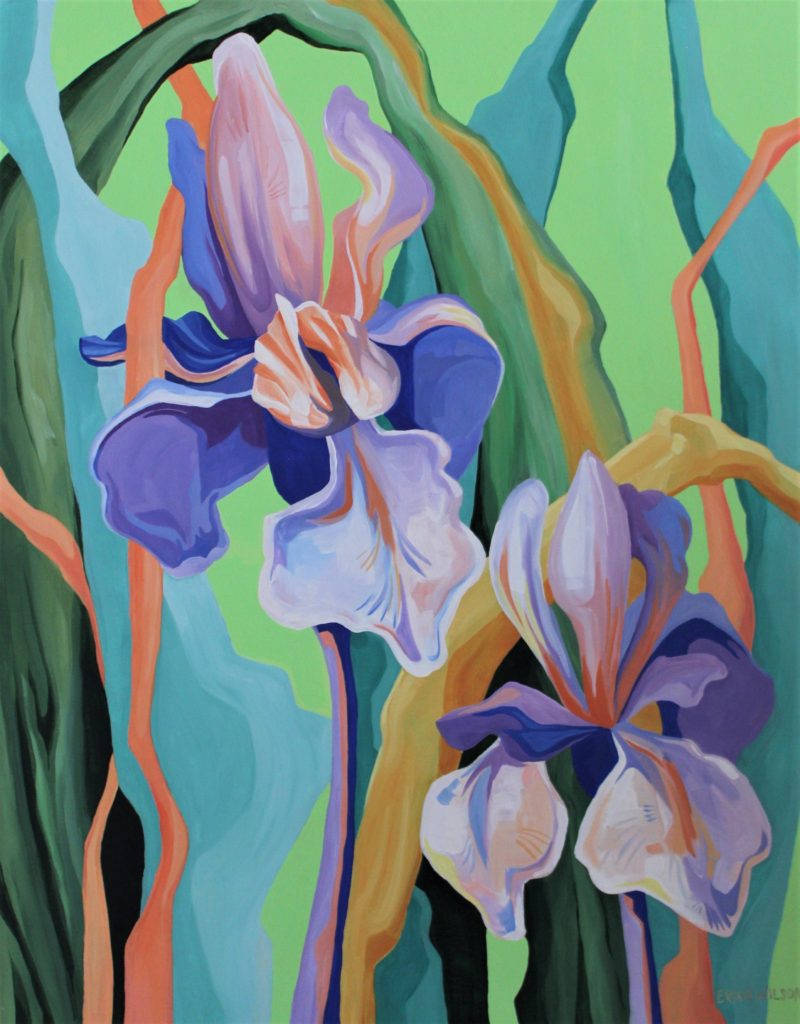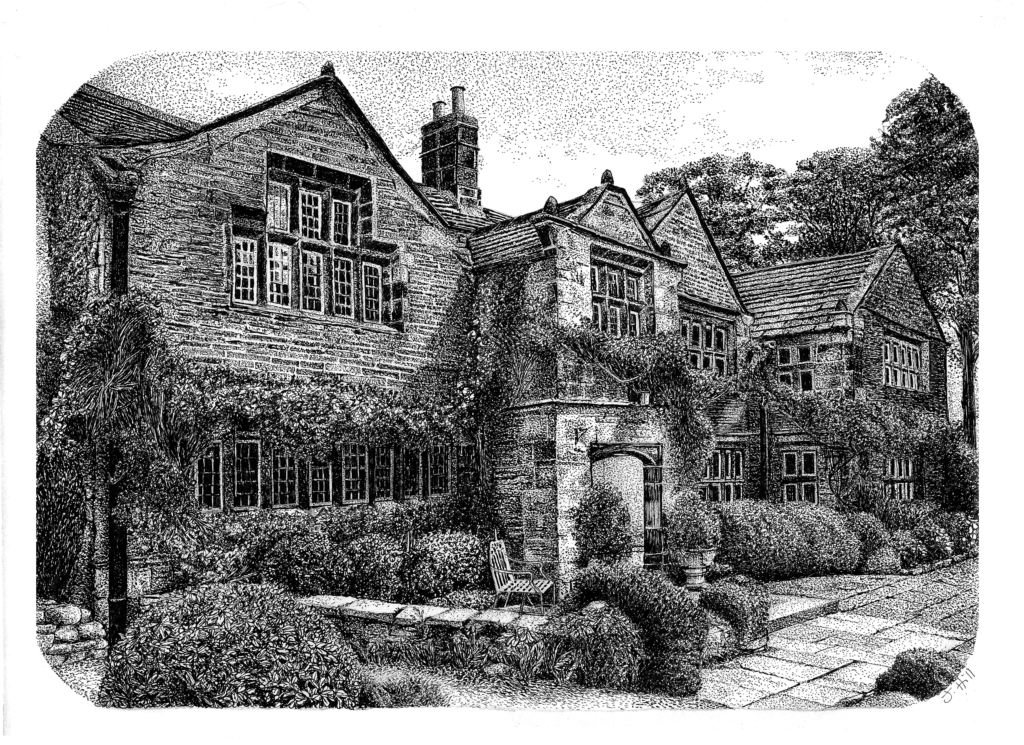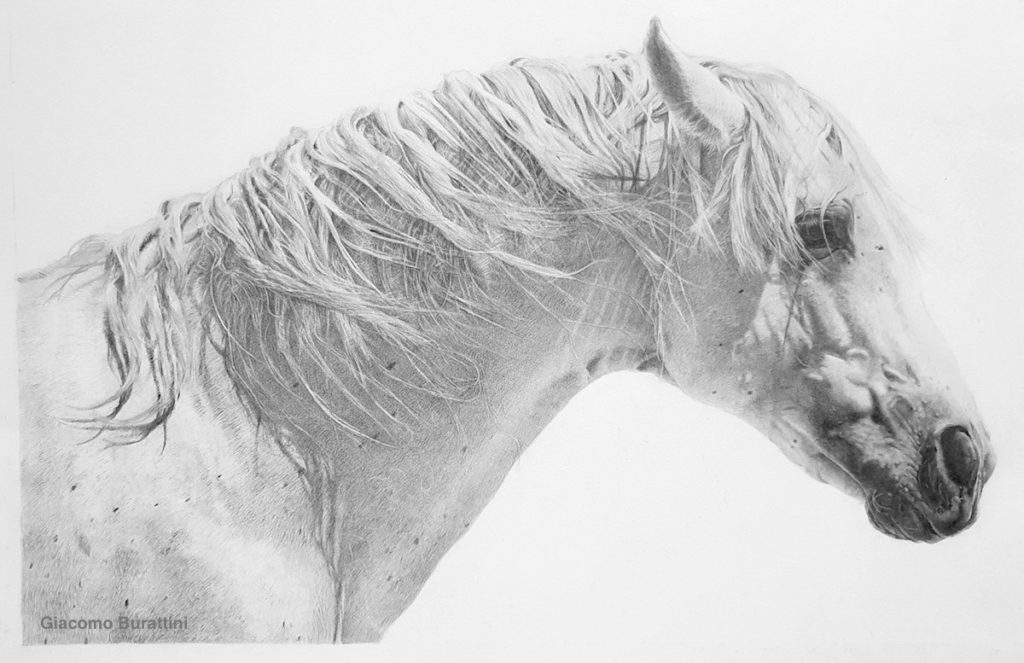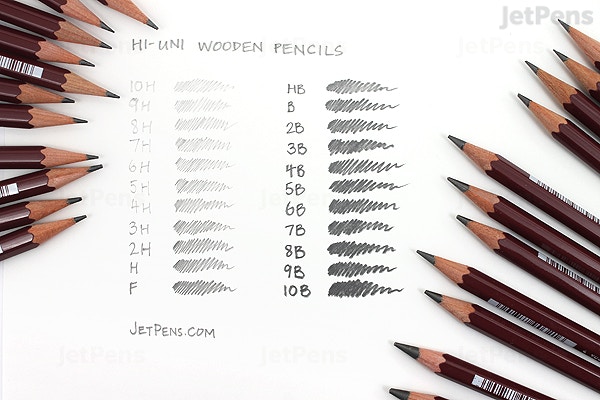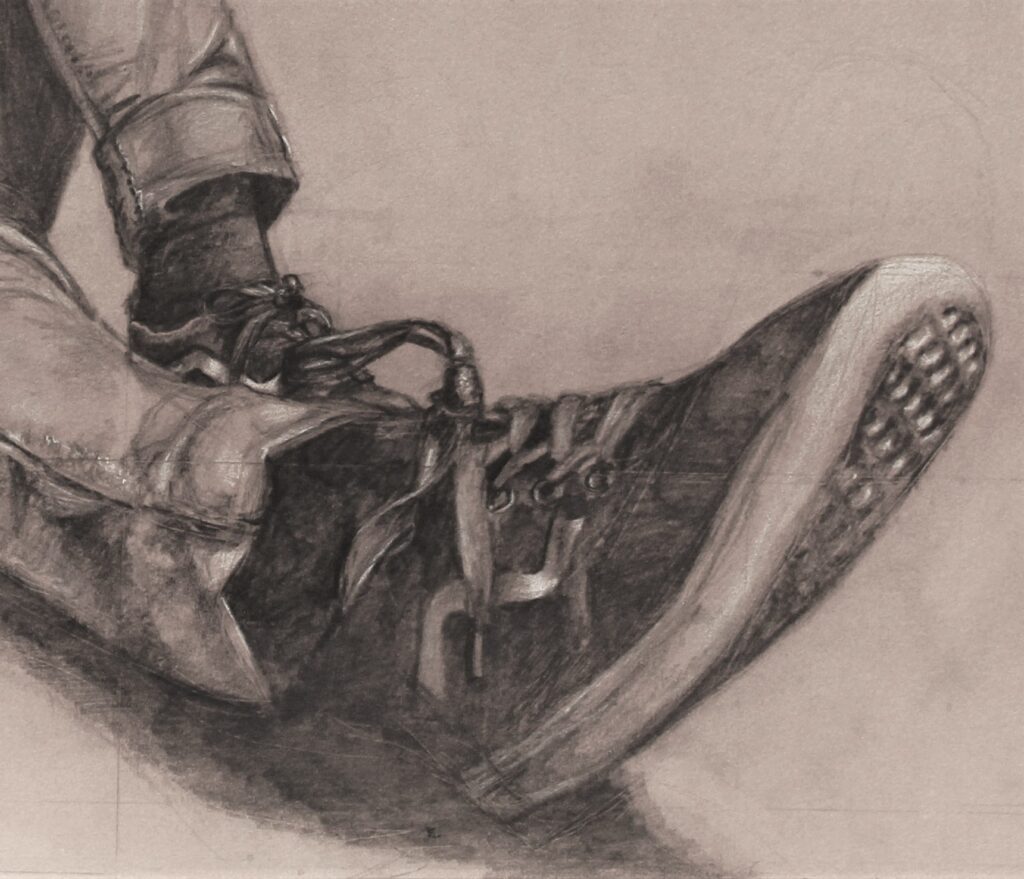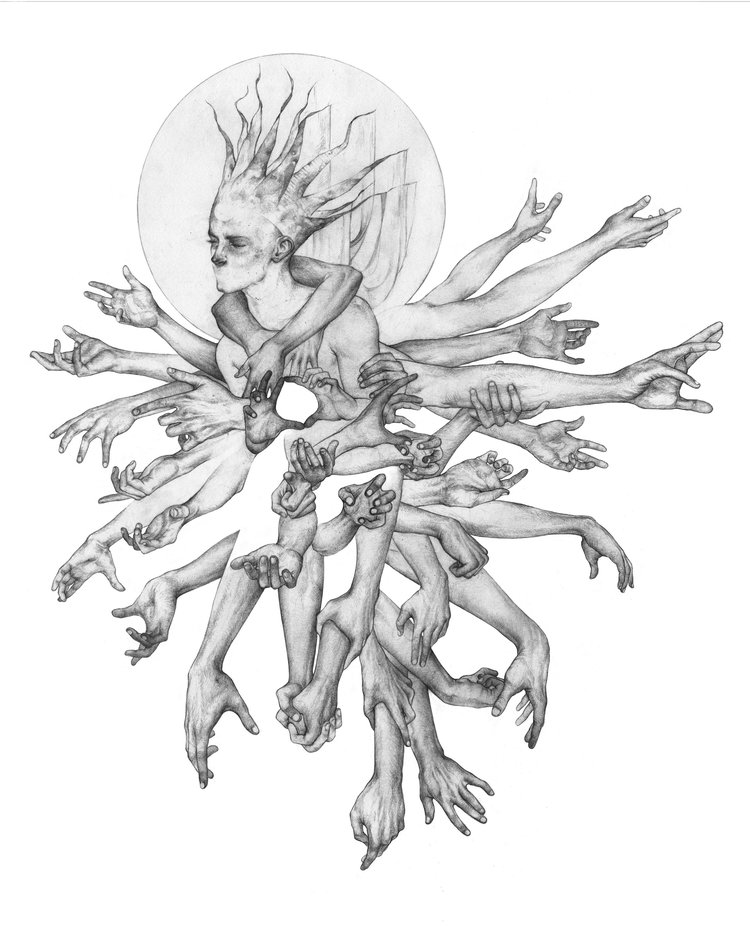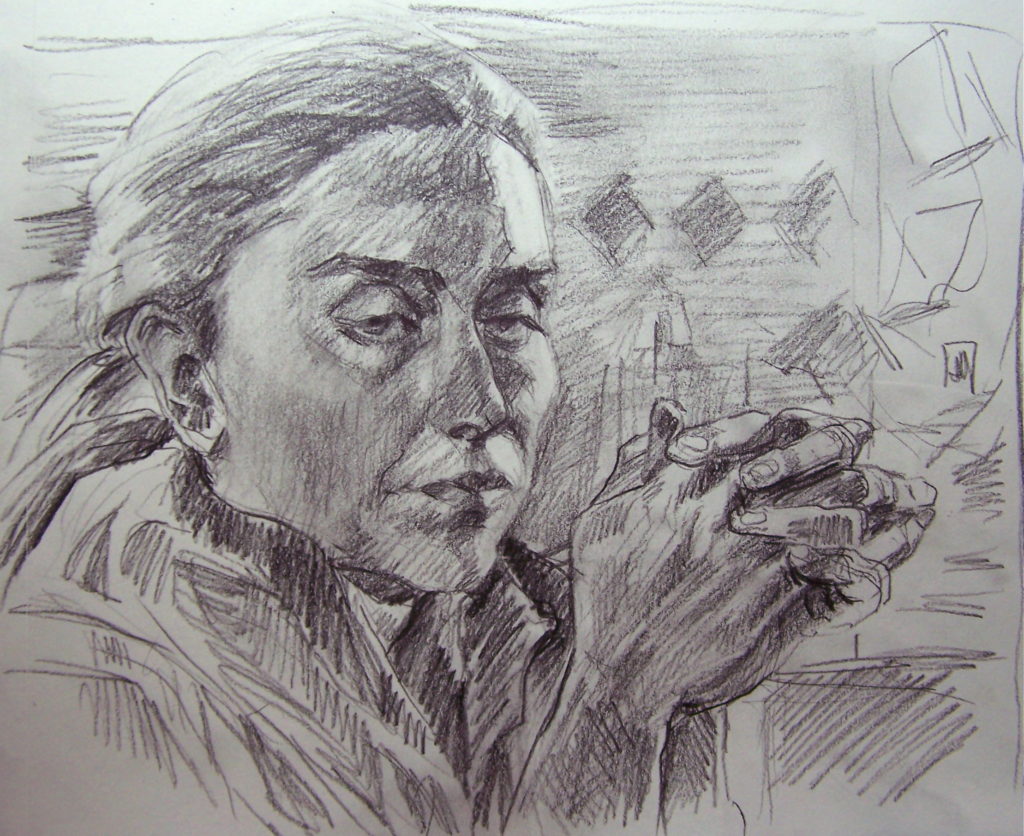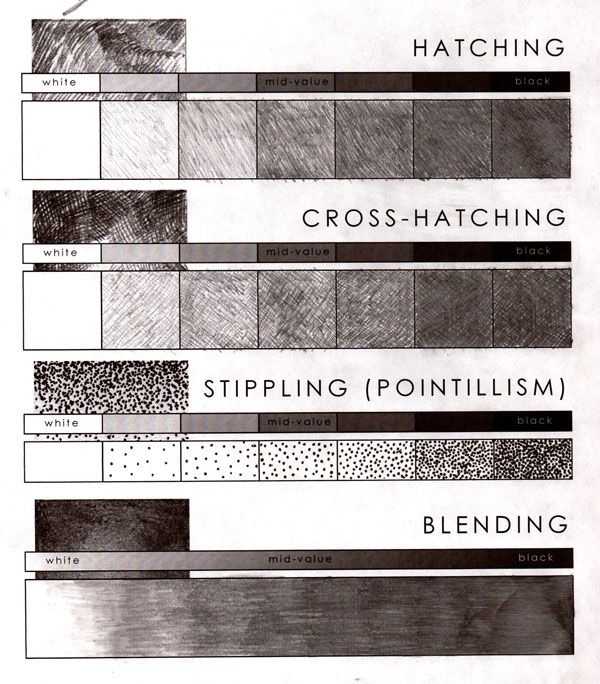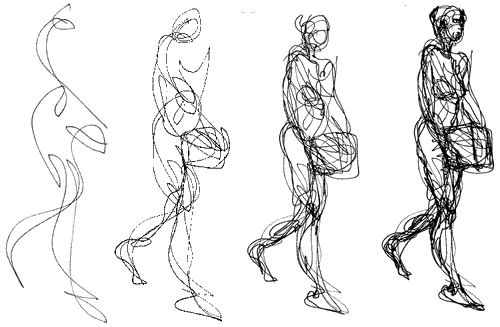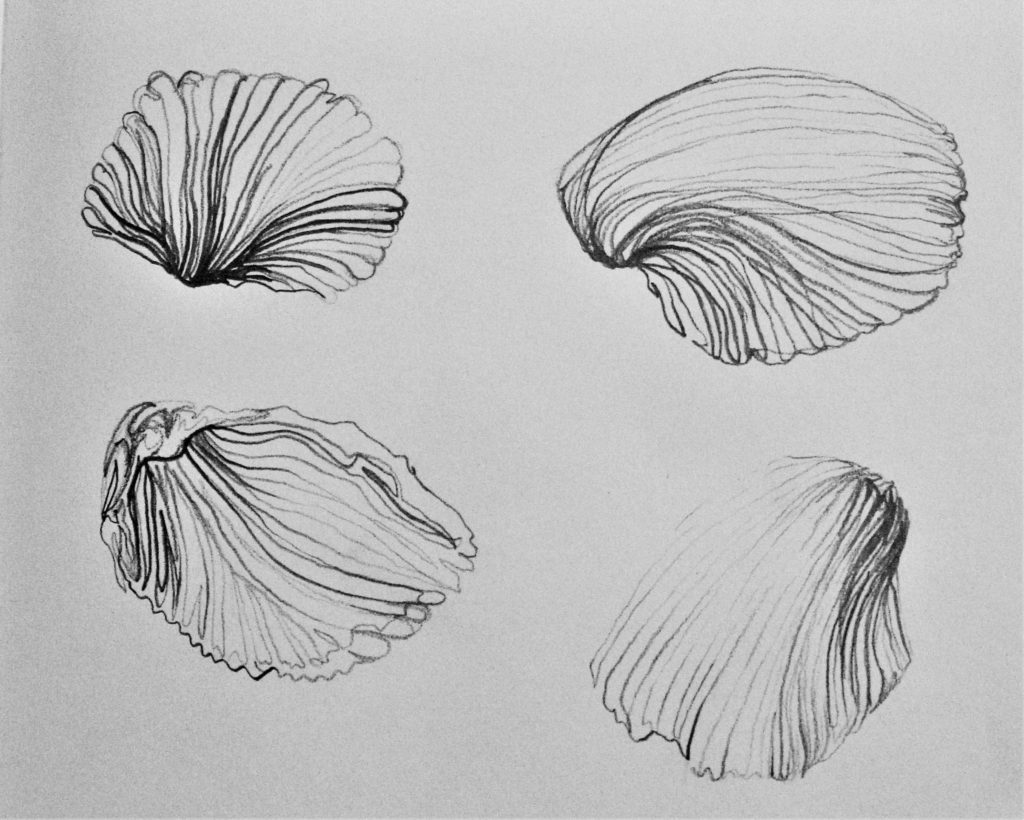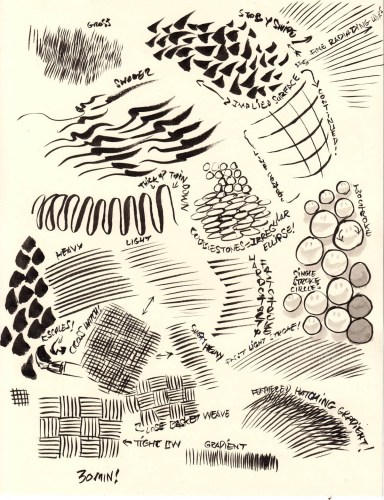How to make your Graffiti Art Drawings more Captivating
Introduction
Graffiti art drawings are a testament to the resilience of self-expression in the face of conformity. These vivid visual narratives are far more than mere sketches on barren walls; they are declarations of defiance and creativity. In a world where the urban landscape is the canvas, how can you make sure your graffiti art drawings stand out and communicate your message? This article explores how to create captivating graffiti, offers insights and techniques, and describes the cynical journey art takes from the streets to museums.
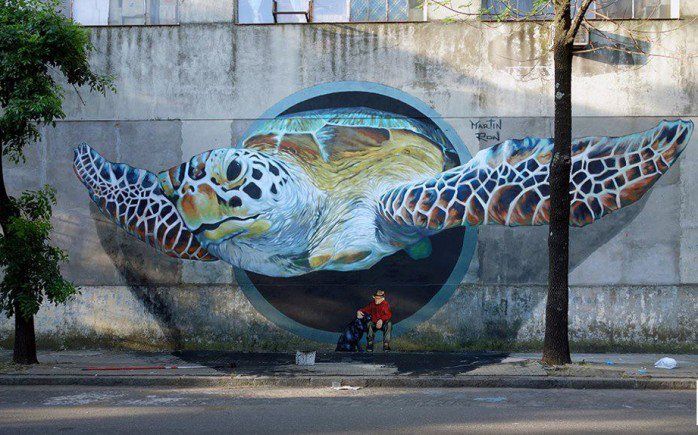
The Dynamic Spectrum of Graffiti Art Drawings
Graffiti art drawings encompass a kaleidoscope of styles, messages, and mediums. Housed like the homeless, these drawings challenge conventions, spark conversations, and mirror society’s complexity.
Crafting captivating graffiti art drawings involves striking a balance between artistry and audacity, and weaving narratives that resonate deeply.
Basically, what makes something street art is the message in the context of the setting combined with visual aesthetics and painterly techniques.
Banksy’s Whisper of Dissent
Banksy is an England-based street artist, political activist, and film director whose real identity remains unknown despite considerable speculation. He is known for his satirical street art and subversive artistry combining dark humor with graffiti executed in a distinctive stenciling technique.
Firstly, Banksy’s art is probably some of the most well known graffiti art in the world. That being said, the artist’s unknown identity juxtaposes their popularity, which fits the theme of this article.
Banksy’s graffiti is moving. As shown below, works like “The Flower Thrower” resonates as a powerful statement against oppression and inequality. Banksy’s work comments on topics of capitalism, war, and issues in common society. Like Banksy’s graffiti art drawings, use your art to start conversation, question norms, and challenge views.
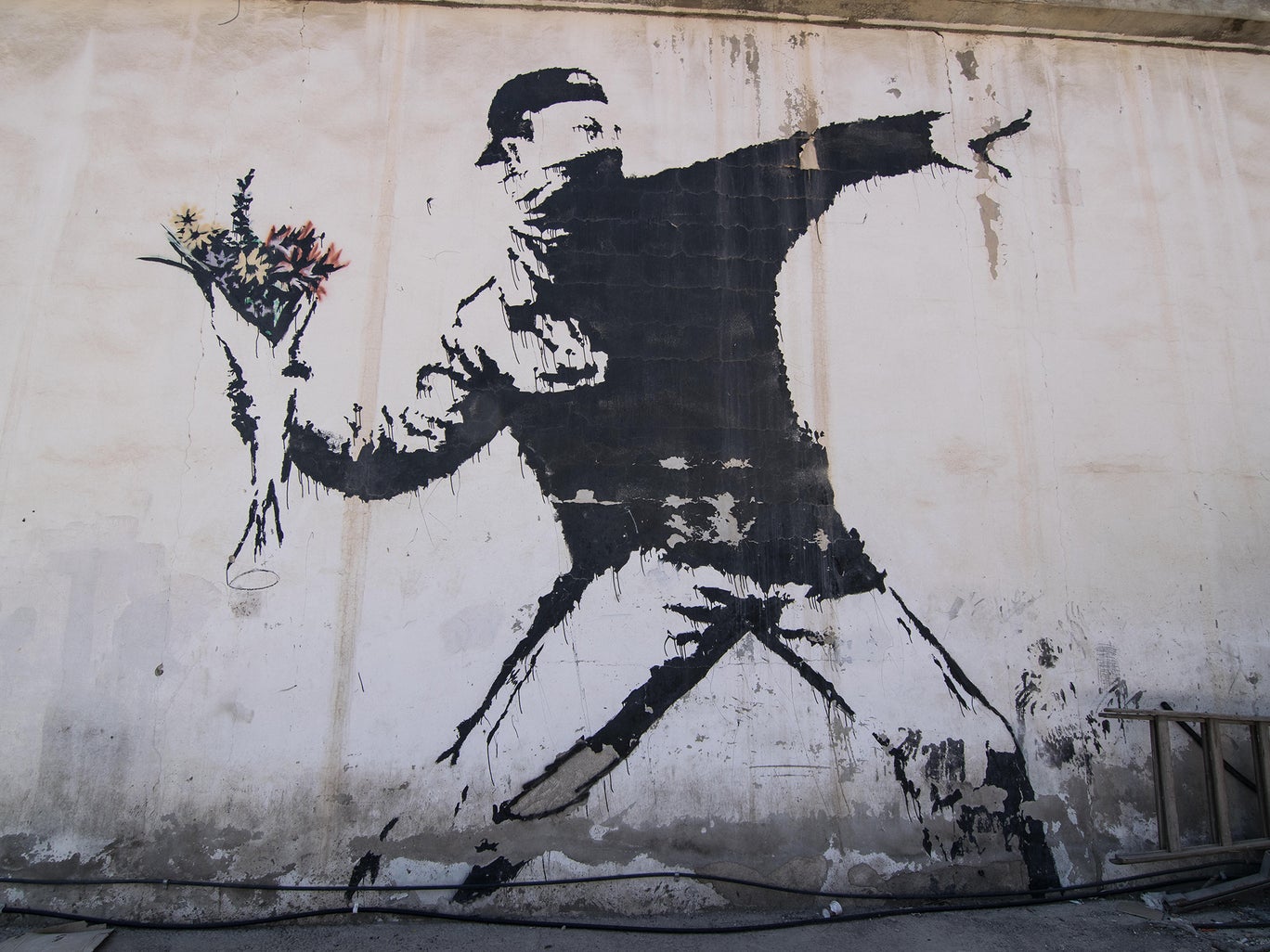
Shepard Fairey’s Iconic Amplification
Next, Shepard Fairey’s works, such as “Obey Giant,” blend pop art with street culture, evoking emotions and creating a lasting impact.
Incorporating recognizable symbols into his art, Fairey’s graffiti art style is instantly recognizable.
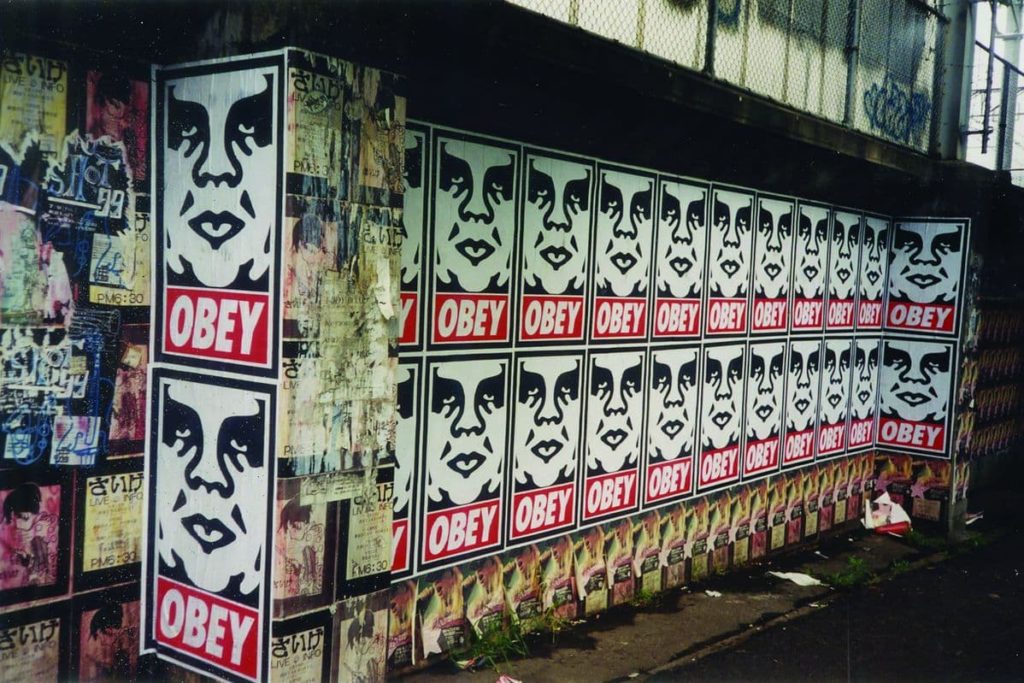
Shepard Fairey’s art style is an exquisite fusion of pop art and activism. His signature use of bright, bold colors, striking visuals, and thought-provoking messages defines his work. In addition to visuals, his graffiti art drawings often carry an urgency to engage with social and political issues.
Fairey’s meticulous attention to detail and his ability to distill complex ideas into impactful imagery are hallmarks of his artistry. Likewise, his art style exudes a sense of cultural commentary, a visual conversation that challenges norms and prompts contemplation.
Basquiat’s Emotional Outpouring
Jean-Michel Basquiat’s art is a raw emotional outpouring on canvas. His graffiti art drawings, like “Untitled,” evoke feelings through chaotic lines and vibrant colors. Similar to Shepard Fairey’s work, Basquiat uses the color red to invoke angry, passion, and intense emotions. Basquiat’s style mirrors Expressionism art styles, where color, texture, and brushstrokes reflect inner emotions. If you are interested in find out more about your personal art style, check out this art style quiz. Your art may also reflect an Expressionist style like Basquiat!
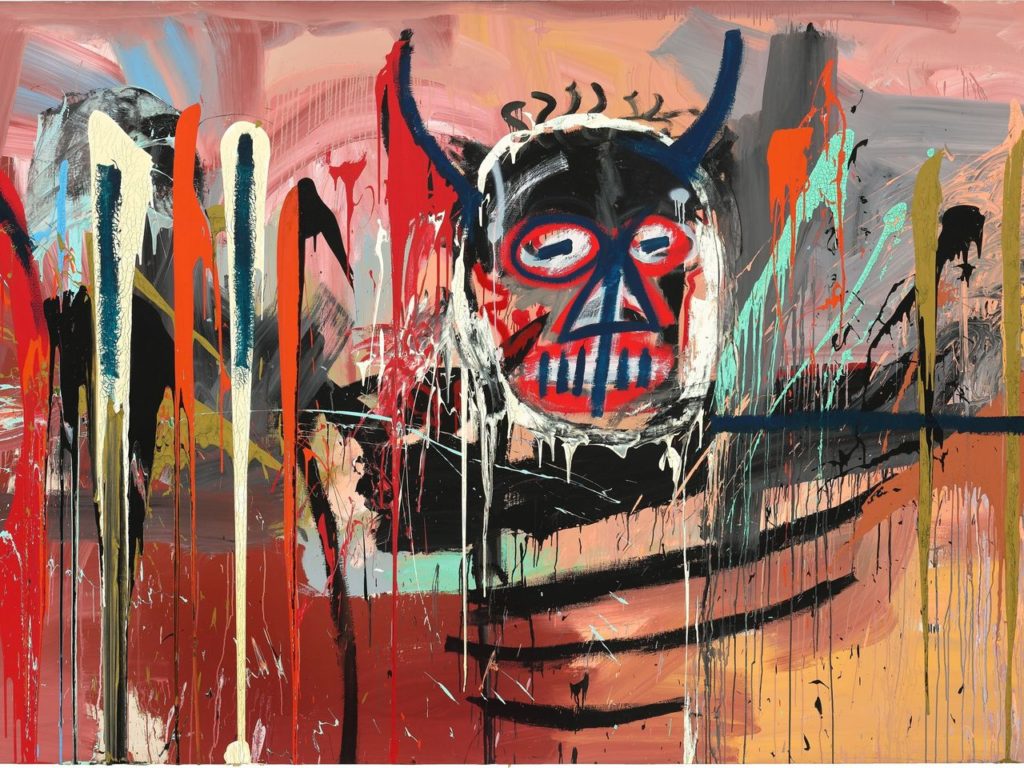
Jean-Michel Basquiat’s art style is an electrifying blend of abstraction, street influences, and expressive rawness. His overall use of vivid colors and frenetic brushwork creates a sense of immediacy and emotional intensity.
Often, Basquiat’s art incorporates text, symbols, and cryptic codes, inviting viewers to decipher hidden meanings. His fusion of cultural references, from African art to street graffiti, forms a visual tapestry that resonates with diverse audiences. Basquiat’s art style is a rebellion against traditional norms, a bold testament to the power of unfiltered self-expression and an exploration of identity.
Inviting Interactivity with Ernest Zacharevic
Ernest Zacharevic’s graffiti art drawings incorporate real-world objects, inviting passersby to interact. Similar to the two previous artists, Zacharevic wants his viewers to interact and really feel his art. His pieces engage viewers both visually and physically, sparking a sense of wonder and social participation. He incorporates physical elements into the graffiti art drawings, making it an immersive experience for the audience.
The whimsical feeling of Ernest Zacharevic’s art style is a beautiful marriage of street art and interactive installations. His unique approach involves integrating real-world objects alongside his art, ultimately inviting viewers to actively engage with his art. Through this interplay, his pieces appear to come alive, blurring the line between art and reality.
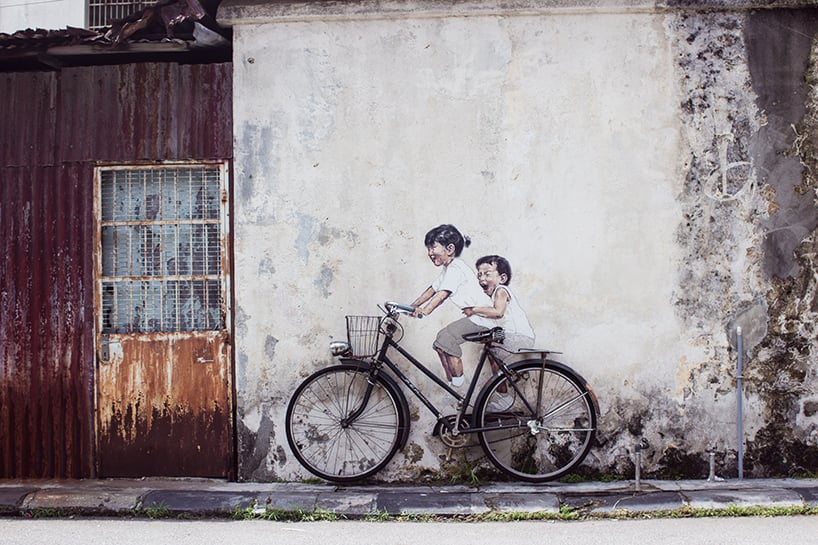
In short, Zacharevic’s art often exudes a playful and whimsical quality, injecting a dose of lightheartedness into urban landscapes. His ability to seamlessly merge physical elements with artistic expression adds a layer of surprise and delight to his work, turning passersby into participants in the artistic experience.
Insights and Techniques for Clean Graffiti Art Drawings
- Master the Basics: Before diving into complex techniques, ensure you have a solid grasp of fundamental skills like line work, shading, and perspective.
- Experiment with Styles and Mediums: Try different graffiti styles like wild style, bubble letters, or stencil art. This exploration will help you find your unique voice. Check out my article on personal branding for context about how to find your voice and personal brand.
- Practice Sketching: Regular sketching sharpens your creative abilities and helps you refine your concepts before translating them onto larger surfaces. Drawing is an essential part in learning art and improving your graffiti art drawings. Read this article about drawing tips for artists.
- Study Typography: Understanding letterforms and typography is essential in graffiti. Study various fonts and letter styles to add diversity to your work. A fun and easy way to do this is through bullet journalling.
- Color Theory: Learn color theory to create eye-catching compositions. Experiment with color schemes and their emotional impact.
- Use Layering: Layering colors and elements can add depth and complexity to your work. Start with a base layer and build up from there.
- Create Depth with Shadows: Mastering light and shadow adds realism and dimension to your pieces. Experiment with light sources to create depth.
- Blend and Fade: Blending colors smoothly into one another adds a professional touch to your graffiti art drawings.
- Stencil Techniques: Stencils can help achieve intricate details and precise lines. Experiment with various stencil techniques for dynamic and detailed effects.
- Incorporate Texture: Use various tools to create texture in your art. Sponges, fabric, and even unconventional objects can add tactile interest, physically incorporating the audience and environment into the graffiti art drawings.
- Embrace 3D Effects: Incorporating three-dimensional elements gives your graffiti an extra dimension. Practice adding depth and highlights for a realistic look.
- Study Perspective: Understanding perspective is crucial for creating graffiti art drawings that interact with their environments. Practice drawing objects from different angles.
- Keep Evolving: Graffiti is about pushing boundaries. Continuously seek inspiration from other artists, experiment with new techniques, and never stop learning.
Remember, graffiti art is a form of self-expression, so don’t be afraid to break the rules and develop your unique style. Practice, persevere, and maintain a willingness to learn: these will be your greatest allies on your journey to mastering graffiti art techniques.
The Museum Paradox
Does street art belong in museums? Does the surrounding environment matter in art?
Banksy’s Unauthorized Exhibition
In the MOCO Museum in Amsterdam, there is a permanent gallery called the ‘Laugh Now’ exhibit. It houses iconic works including “Laugh Now, Girl with Balloon, Flower Thrower, Smiling Copper, Crude Oil series and many more.”
When I visited the Moco Museum in 2021, I was met with a series of different emotions and questions. I felt the awe of seeing some of Banksy’s most famous works personally and confusion about whether the work should even be in a gallery, where I had paid money for entry.

Additionally, on the Moco Museum website, the gallery states Banksy has no say in the exhibition of his work:
“The ‘Laugh Now’ exhibition is not authorised by Banksy nor it is curated by the artist. Moco Museum features a diverse selection of original works throughout Banksy’s noteworthy career.”
Moco Museum Amsterdam
Christopher Michaut takes an interesting approach to the conversation of Banksy’s unauthorized exhibition in his article for the Daily Art Magazine.
Simply put, it seems the very rebellious nature that gave rise to graffiti art is now being paradoxically displayed in museums.
Artists who were once anonymous are now selling their artwork for high prices. This change is causing discussions about whether this move to museums is genuine or just for profit, and it’s making people wonder if the true spirit of street art can still exist in museums.
On one hand, it lets more people see and appreciate this type of art. But, on the other hand, it may take away from the raw and daring essence that makes graffiti art unique.
Understandably, this change is difficult for many artists. Moving from the streets to museums is a delicate balance between staying rebellious and fitting into a more mainstream setting. Likewise, the artist must choose between their origins and making the most of new opportunities.
Environmental Effects
On the other other hand, creating art for a museum is more legal and safer than spray painting a building without consent.
In addition to legitimizing a street artists’ work, museums diligently safeguard precious artworks, ensuring their preservation for generations to come. Climate-controlled environments, delicate lighting, and expert care all come together to shield art from the ravages of time.
However, the nature of graffiti art, often exposed to the elements and subject to the unpredictability of urban life, contrasts starkly with this protected realm. While museums provide a controlled haven for art, graffiti art exists vulnerably in its raw form, weathering the same elements that give it life.
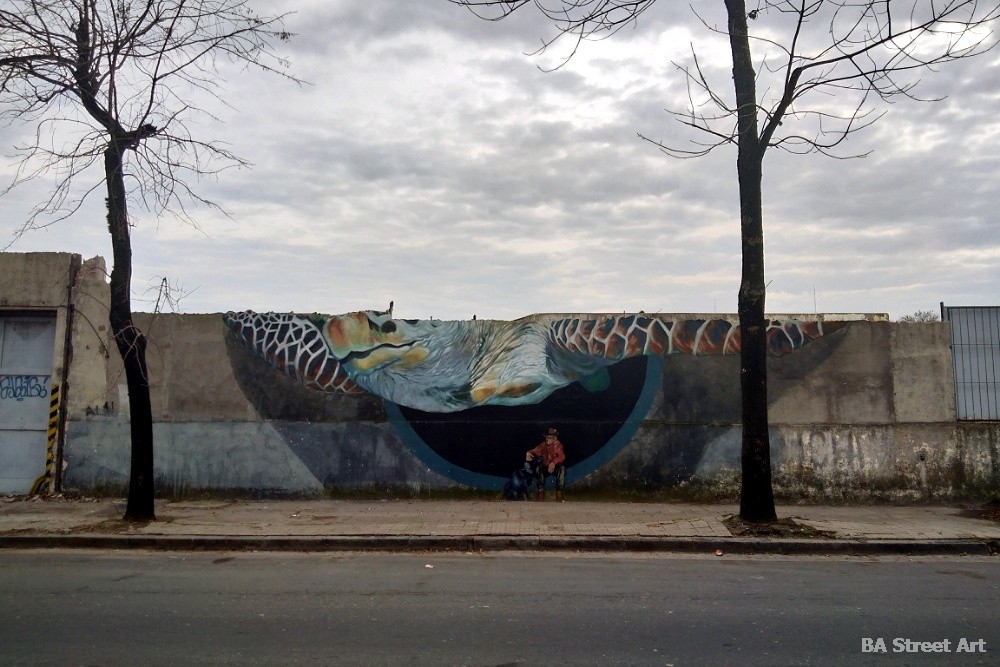
When artwork is moved from gritty city walls to the sterile halls of museums, an essential part of their essence is lost. The street, the texture, the unexpectedness – these are all elements that street artists use to their advantage when choosing the platform for their art. Placing graffiti art drawings in a museum might provide wider exposure, but it also strips away the very environment that gives the art its life and power.
In museums, the vibrant interplay between art and context is muted, reducing the impact that graffiti pieces could have in their natural habitat. This is a prime example of why some people believe that graffiti art loses its authenticity when confined to museum spaces, as it’s severed from the very context that nurtured its birth and meaning.
Conclusion
Graffiti art drawings defy the boundaries of traditional artistry, pushing the limits of expression and protest. Artists like Banksy, Shepard Fairey, and Jean-Michel Basquiat thrive in controversy. Remember, your art can be commentary to injustice, encouragement for change, and a mirror to society’s idiosyncrasies. Find your brand, your voice, and share it.
As you wield your medium of choice, whether a spray can or paint brush or chisel or Photoshop, remember that your art possesses the power to question, inspire, and provoke.
In the streets where messages are drowned in noise, your graffiti art drawings can become the unsilenced voice. In every stroke, every splash of color, and every intricate detail, you encapsulate stories that transcend surfaces and resonate with souls. Embrace the irony of the museum paradox, for within it lies a testament to the evolution of rebellion and the temporary nature of creativity in the 21st century. Let your graffiti art drawings challenge, captivate, and leave an indelible mark on the world’s canvas, echoing the voices of the brave.
How to make your Graffiti Art Drawings more Captivating Read More »


